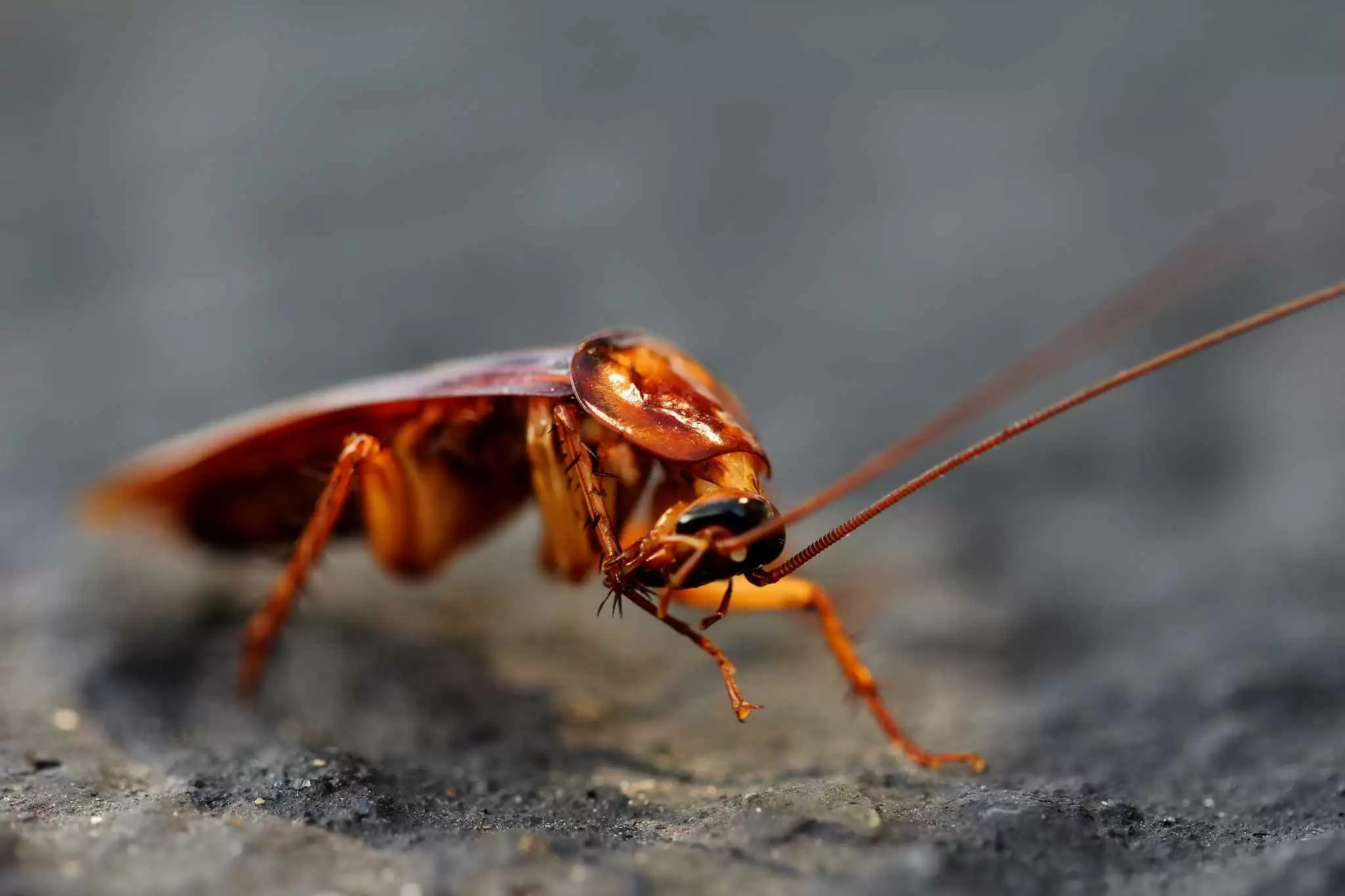
Celiac.com 11/04/2019 - If a new baking discovery takes off, gluten-free bakeries of the future might look a bit more like the lab of Dr. Frankenstein, but in a good way. That's because a team of researchers at the University of Natural Resources and Life Sciences, Vienna (aka BOKU) have discovered a way to use electricity to bake tasty gluten-free bread in minutes, by shocking it from the inside out with a high voltage current.
Writing in Food and Bioprocess Technology, the researcher team says that their breakthrough on existing technology called ‘ohmic heating,' saves both time and energy compared with conventional baking. More importantly, the process produces a superior quality of gluten-free bread.
Celiac.com Sponsor (A12):
In the process, “...heat is generated instantaneously in the complete dough,” explained team leader Professor Henry Jäger. “This is the main advantage of the ohmic heating technology. Conventional baking in the oven requires more time since the heat needs to penetrate from the outside towards the centre of the dough, Jäger added. ”
Much like a light bulb, in which electric current passing through wires also gives off heat, the electricity passing through the wires in the bread dough give off heat, which starts the baking process.
To replace the glutenous wheat protein in traditional bread, starch is used. However, significantly more water is needed in the dough which results in a lower viscosity and makes it thinner.
Quicker Baking
The researchers realized that the way ohmic heating rapidly and evenly heats the entire dough is great for baking of gluten-free bread. “An initial baking step at 2 to 6kW for 15 seconds followed by 1kW for 10 seconds and a final baking at 0.3kW for five minutes is the recipe for the successful production of gluten-free bread using ohmic heating,” Jäger said.
The researchers said that the shorter baking time showed no have a negative impact on starch digestibility. Even though the electric baking doesn’t create an outer crust, it's easy to add afterwards with infrared heat.
Better Bread Volume
Results in testing showed that the volume of the bread was between 10pc and 30pc higher than when baked conventionally and had a softer, more elastic crumb with more evenly distributed pores.
Stay tuned for more on this potentially revolutionary way to deliver better, faster gluten-free bread with less energy.
Read more at siliconrepublic.com.








Recommended Comments
There are no comments to display.
Create an account or sign in to comment
You need to be a member in order to leave a comment
Create an account
Sign up for a new account in our community. It's easy!
Register a new accountSign in
Already have an account? Sign in here.
Sign In Now